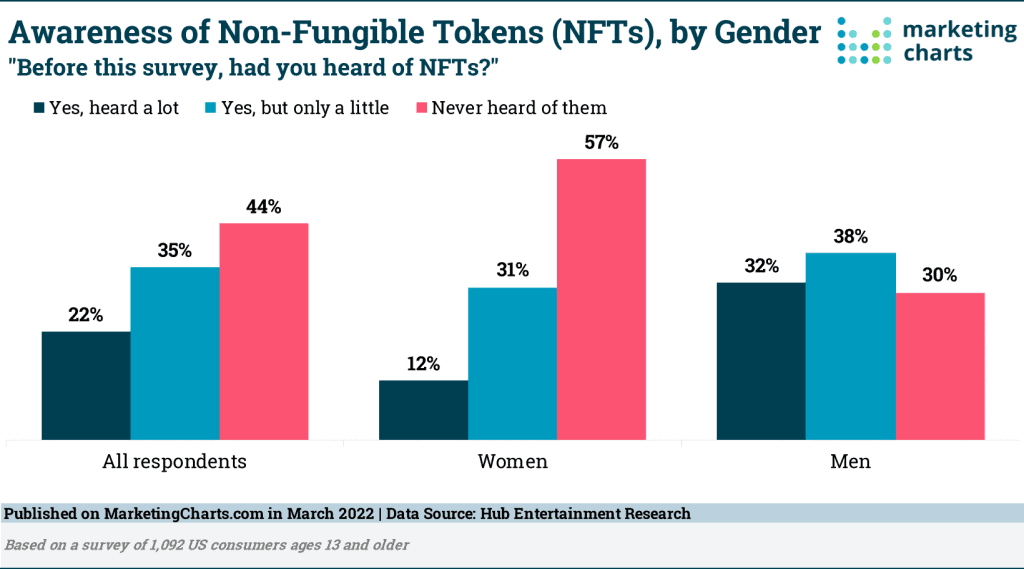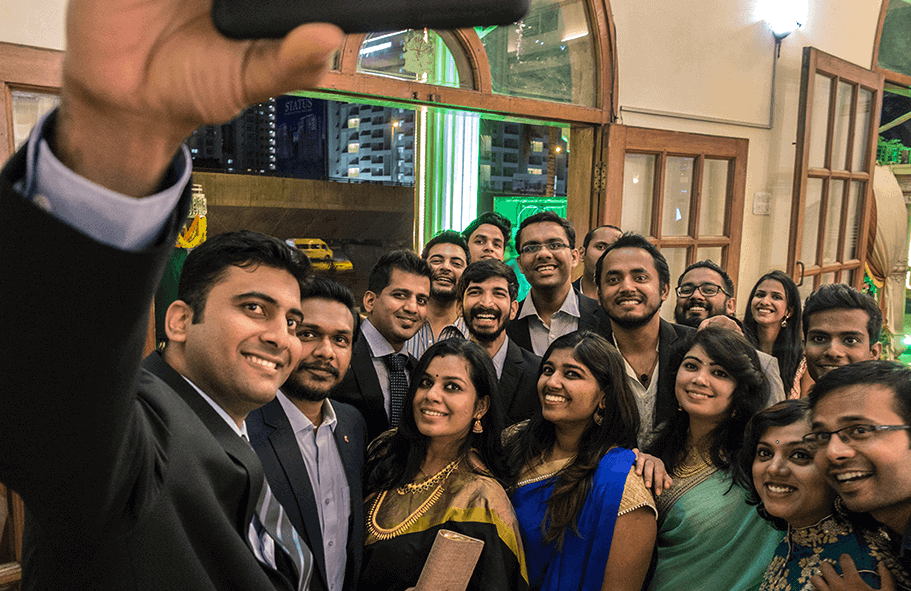NFTs can play a pivotal role in building a viable economy in the metaverse. In our last blog, we discussed its future and applications for the metaverse including play-to-earn gaming in VR/AR, real estate, innovative e-commerce services, and many other possibilities in the future. In this blog, we will discuss the intersection of metaverse and NFTs and how these affect and change our economy.
Metaverse and NFTs
Metaverse is actually not a new concept. It has existed for decades in the form of multiplayer online games. In the metaverse, the economy depends on the authentication of digital properties, such as one’s home, car, paintings, bed, books, and even a wardrobe.
NFTs are the linchpin of the metaverse economy. They not only enable authentication of ownership but each NFT is protected by a cryptographic key. This key cannot be erased, copied, or destroyed. This truly enables robust, decentralized verification of virtual identities and digital possessions. It is crucial for metaverse and NFTs with communities to thrive and interact with other metaverse and NFTs.
But beyond the hype of billion-dollar digital art sales, the significance of NFTs is so much more. NFTs enable the property transactions that drive the metaverse. These tokens provide indisputable proof of ownership that is more secure than any deals happening in web2.
What are NFTs?
NFTs are a technology that can be used in many different ways. It is one of the building blocks of Web 3.0, the decentralized, blockchain-based internet. NFTs are best known in mainstream media as a technology for buying and selling custom profile pictures. However, they can be used in many other ways, primarily as proof of ownership and carriers of smart contracts. NFTs can also be traded like any other asset (unique copies of digital art, exclusive virtual items, etc.). They can also be purchased or sold as tickets, vouchers, or as a charge to experiences like meeting Gary Vaynerchuk in person.
Lately, digital avatars have been picking up steam. Digital avatars can actually be a reliable proof of anyone’s identity. With NFTs, even if someone is trying to copy your avatar by buying the same digital clothes as you, they can’t really impersonate you. A tokenized avatar is unique and impossible to counterfeit.

Where are NFTs Used?
As the underlying blockchain technology continues to evolve in the crypto world, there are some amazing use cases for cryptocurrencies and NFTs in the market today. The NFT phenomenon joined forces with the rise of the massive decentralized VR world to create what we now call metaverse.
Luxury and fashion brands are looking to use virtual reality and NFTs. Brands like Tommy Hilfiger, Selfridges, DKNY, Gucci, Dolce, and Gabbana are trying to simulate the virtual experience as a runaway show. In September 2021, Dolce & Gabbana unveiled their collection of 9 looks, including 4 of its virtual exclusive designs. The NFT that came with the collection was sold for $5.7 million. Nike has partnered with Roblox to create a metaverse called Nikeland. Nikeland is a metaverse concept store where people can buy Nike clothing for their avatar. Branded metaverse and NFTs and the number of technology companies involved in their development are constantly increasing and it will only continue to grow.
Some areas other than the fashion industry where the metaverse users are using NFTs are:
- Proof of identity and authenticity
- Interoperability
- GameFi (Game Finance)
- Building the infrastructure for UGC (User-generated Content)
- DeFi (Decentralized Finance)
How are NFTs Shaping the Metaverse Economy?
A major challenge in building a metaverse based on trust and secure transactions is proving authenticity, ownership, and identity and NFTs completely solve this problem. Because NFTs are blockchain-based, they are immutable and permanent records of transactions. NFTs are now treated as a standalone assets. Like an art piece but they can also be used for various other purposes like issuing loans or collecting royalties. Smart contracts and intellectual property rights embedded in NFTs can be used for many different types of property rights, financial instruments, or business models. This way the economy will keep flourishing.
Companies like Epic Games, Decentraland, and Sandbox have created customizable metaverse environments. They offer a full virtual economy and unprecedented interoperability using blockchain technologies.
How to be Future Ready in the Metaverse Economy?
The worlds of metaverse and NFTs have begun to take online trading to a whole new level and will continue to do so with each new development made within the back-end programming of these platforms. It takes a solid team of experienced software development professionals well-versed in the art and science of VR game design, blockchain development, and payment gateway integration to be ready to set up your virtual space in the metaverse.
With this in mind, brands will now need to think about their customer experience in this environment. This direction will enable businesses to narrow down the right custom software development firm to create unique niches for themselves. Ultimately, companies that have invested in blending virtual and real-world elements into how their brand looks and sounds are poised to start in pole position as others race to catch up.






